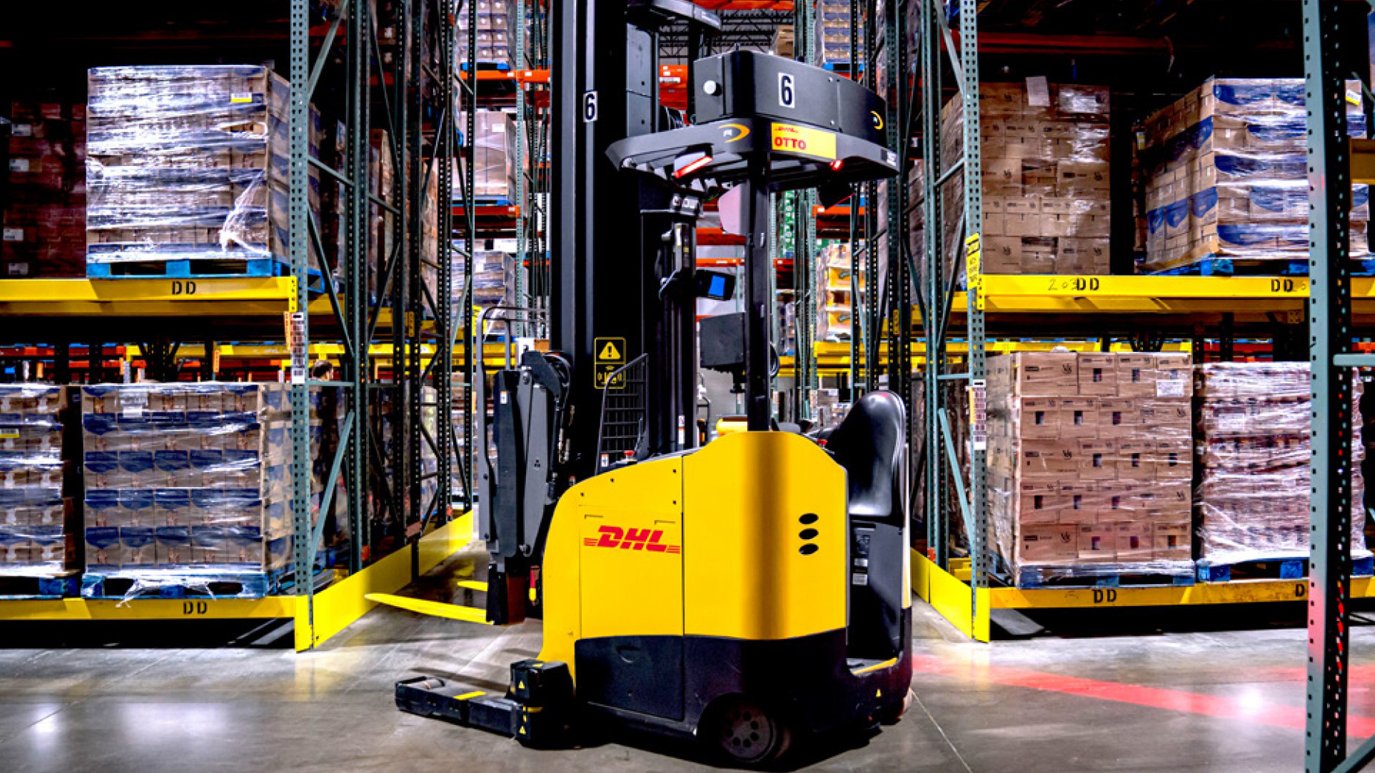How did DHL improve efficiency through RPA?
The logistics company DHL is one of the world's largest companies in its sector, with a global presence in more than 220 countries. However, DHL was facing a major challenge in its invoicing and accounting department. The sheer number of invoices they had to process manually every day meant that the company's employees were finding it difficult to manage this task.
To solve this problem, DHL decided to implement a robotic process automation (RPA) solution in its invoicing and accounting department, combining Intelligent Automation with Artificial Intelligence. The RPA solution implemented by DHL focused on automating repetitive manual processes, such as invoice data entry, payment verification and account management. The RPA solution was designed to work closely with DHL's existing systems, enabling seamless integration of the new technology into the company's processes.
With the help of RPA technology, DHL was able to automate 85% of its invoicing and accounting processes. This enabled the company to save time and reduce human error, resulting in greater data accuracy and reliability.
In addition to reducing errors and saving time, Process Digitization also enabled DHL to improve the scalability of its billing and accounting processes. The RPA solution enabled the company to process large amounts of data efficiently and effectively, resulting in greater responsiveness to changing business needs.
Another important benefit of RPA implementation was the reduction of costs. cost reduction for DHL. By automating processes that were previously carried out manually, the company was able to reduce the time and costs required to complete specific tasks, enabling staff who were previously in charge of this section to perform tasks that bring new added value to the company.
In addition to the successful implementation of RPA in its billing and accounting department, DHL has also implemented this technology in other areas of its business, such as customer service and supply chain. On the customer service side, DHL has used RPA to automate the shipment tracking process and the generation of tracking reports for its customers. This has enabled the company to reduce the time and costs required to process shipment tracking requests and improve customer satisfaction by providing accurate and timely information about their shipments. On the supply chain side, DHL has used RPA to automate inventory management and shipment scheduling. RPA technology has enabled the company to process large amounts of data efficiently and accurately, achieving greater responsiveness to changing business needs, demonstrating that the combination of Intelligent Automation with AI is as efficient as it is necessary..
Implementing RPA also allowed DHL to address a critical problem facing many companies today: a lack of skilled personnel in high-demand areas. Instead of relying on hiring additional staff to perform repetitive tasks, DHL was able to use RPA technology to automate these tasks and free up its employees for more strategic, value-added work.
In summary, the implementation of RPA enabled DHL to significantly improve its efficiency, reduce costs, improve data accuracy and reliability, and improve the scalability of its processes. This DHL success story clearly demonstrates that Robotic Process Automation is an essential tool for any company looking to improve efficiency and reduce costs. Implementing RPA not only allows companies to automate manual and repetitive processes, but also frees up their staff for more strategic and value-added work. While RPA implementation requires a significant upfront investment, the long-term benefits to a company's efficiency and productivity can be enormous.
If you are looking for a solution to improve the efficiency of your business, Robotic Process Automation may be the answer you need.
Related news





